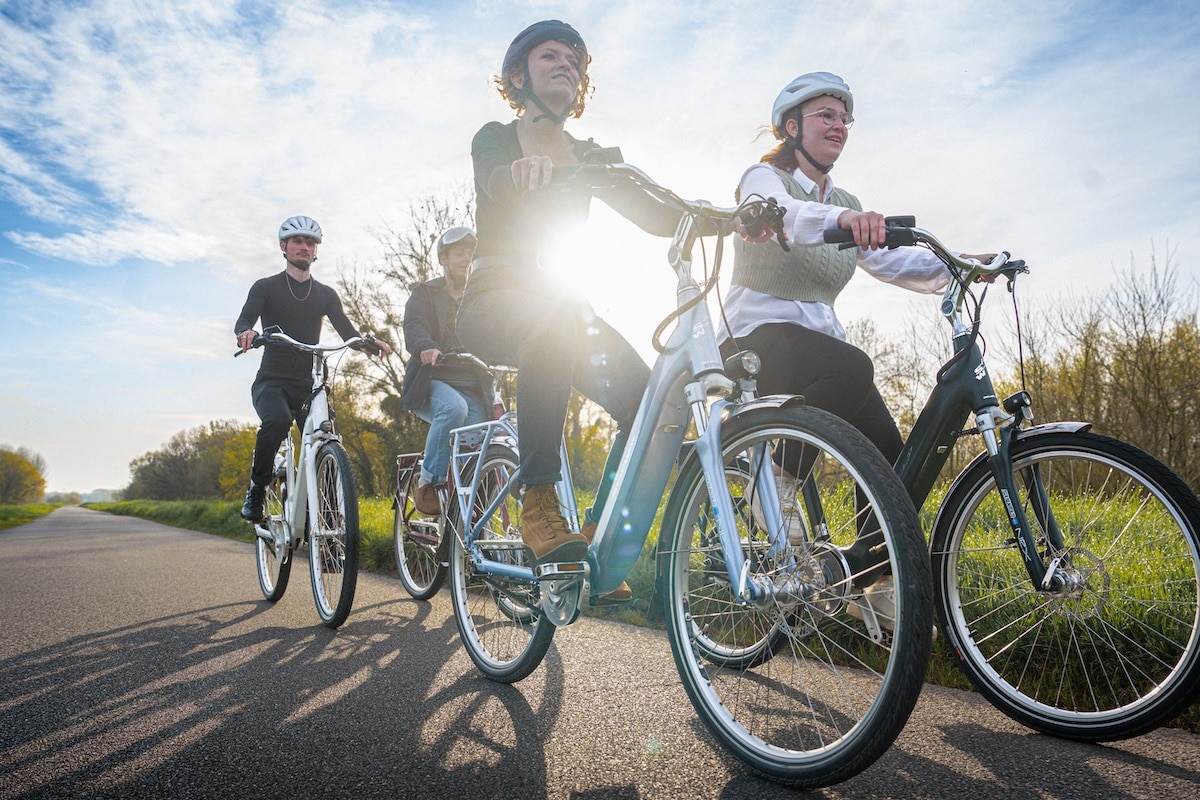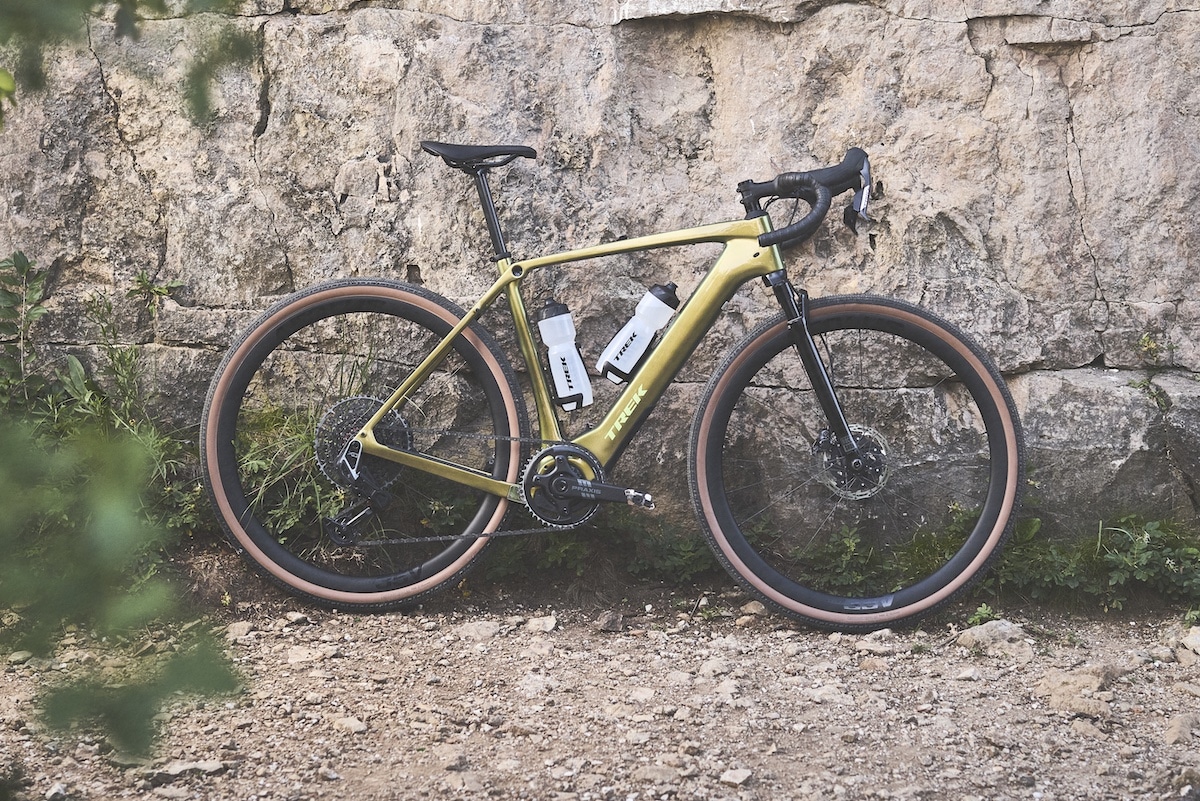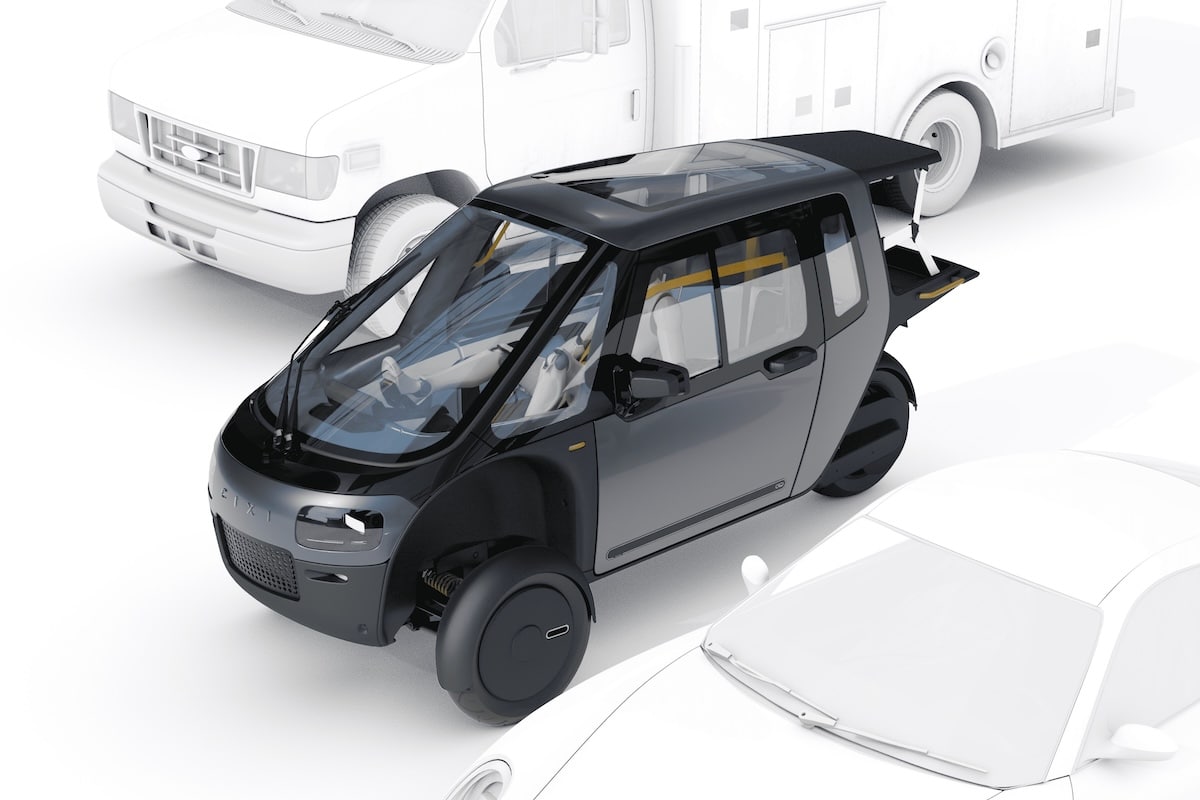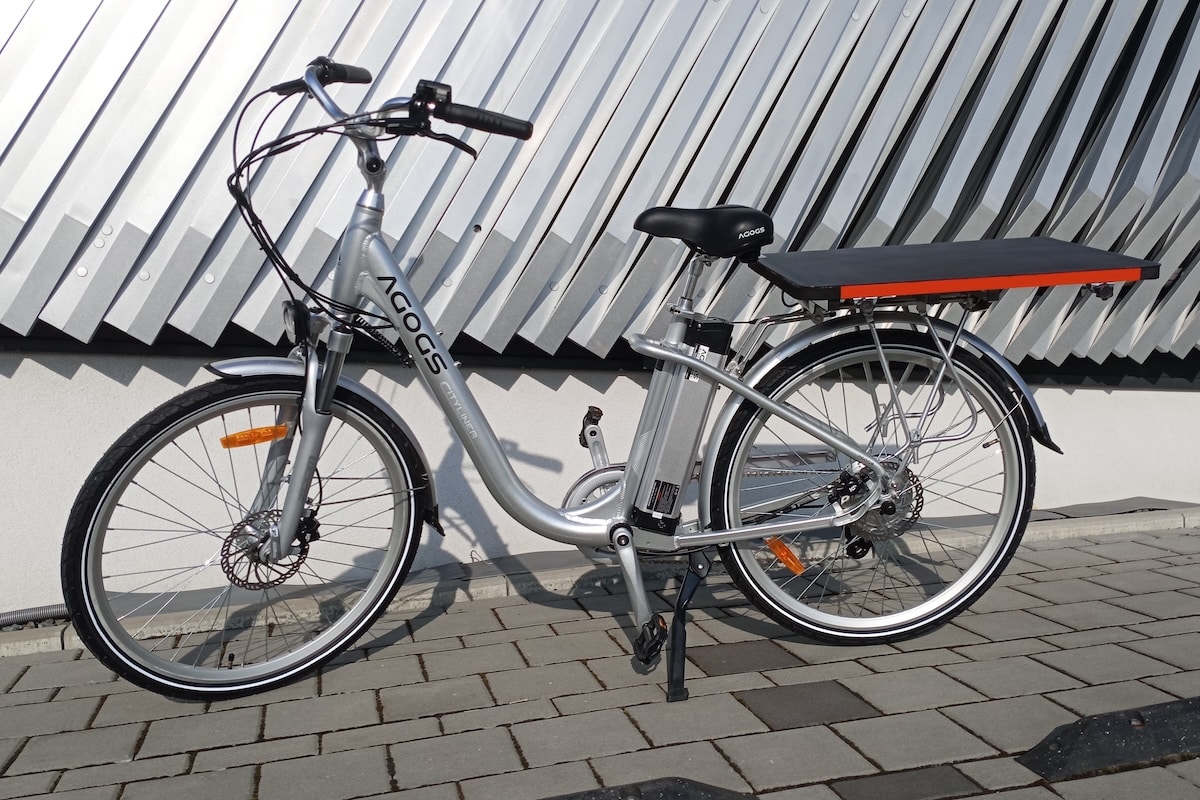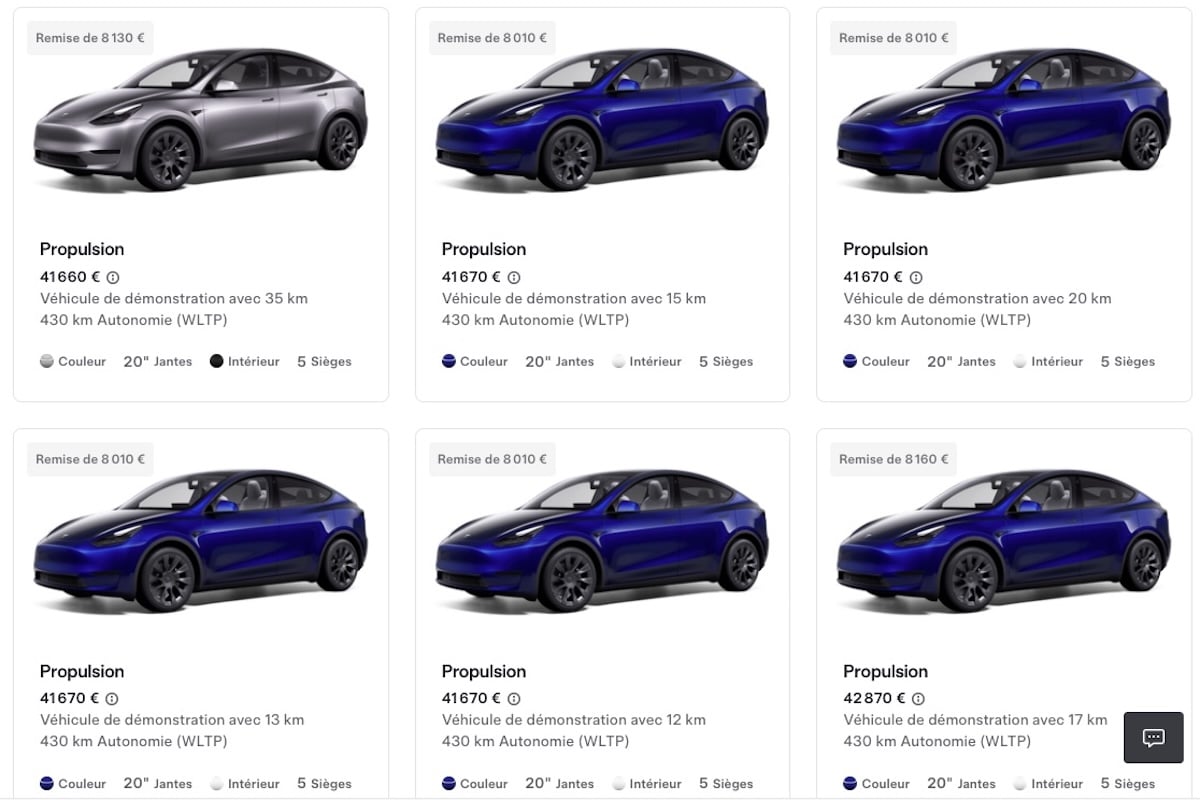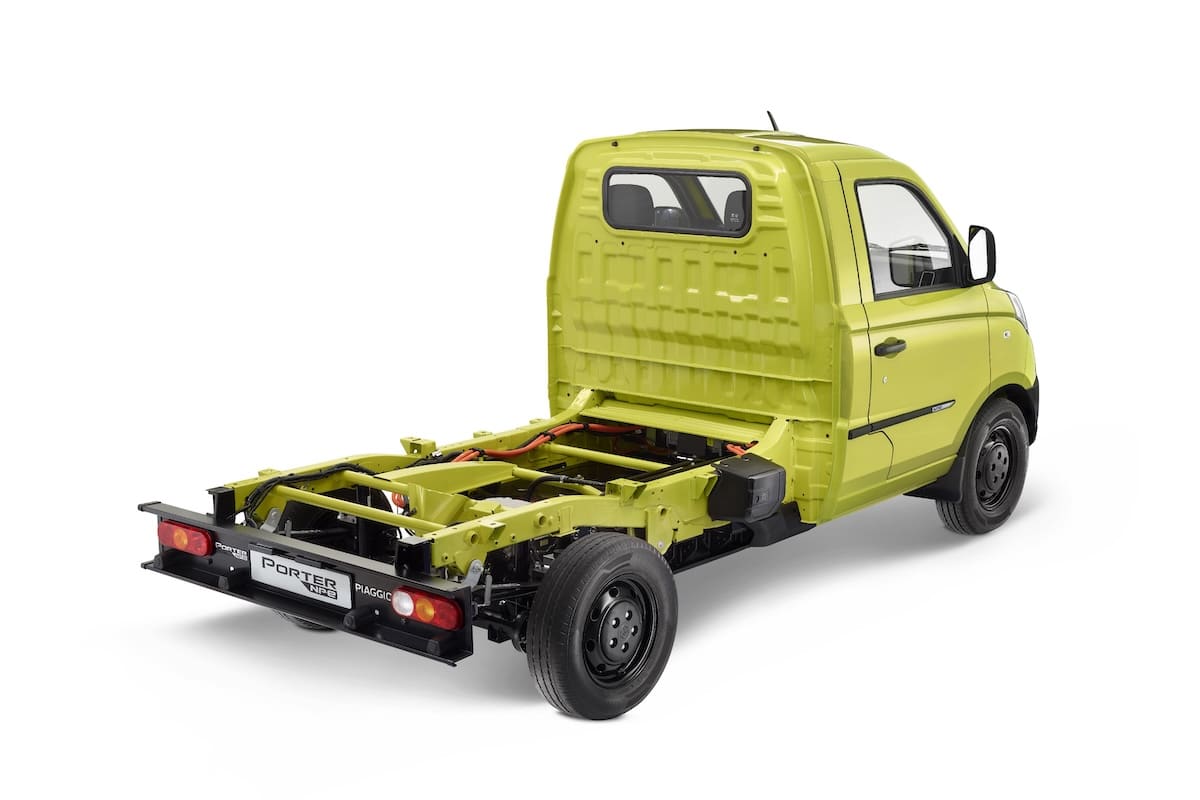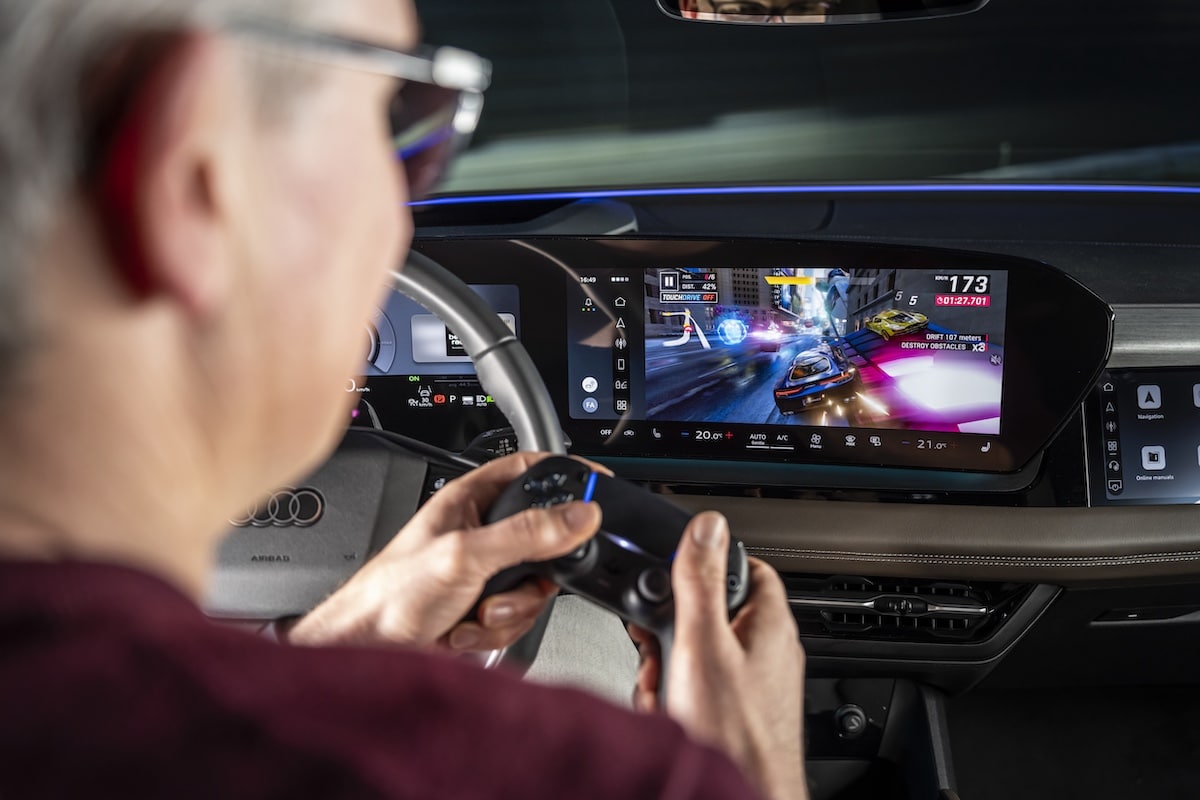Solar Bicycle CycloSun: Revolution or Radiant Utopia?
The French-Czech company CycloSun presents a solar panel developed for electric-assisted bicycles. A UV trap or a trap for fools?
The application of solar energy to bicycles is back in the spotlight. With its new “Surface” kit, announced for January 2026 at a price of 595 euros, CycloSun promises nothing less than a paradigm shift: an electric bicycle capable of traveling 35 to 50 kilometers per day without ever being plugged into a power outlet.
A dream of total autonomy, clean mobility, and energy freedom. But as we dissect the arguments from the press release and compare the figures to the laws of miniature photovoltaics, one question arises: is this a major innovation… or a promise that’s a bit too bright?
You might be interestedin this article:
The solar panel… struggling?
CycloSun first presents a spectacular figure: their Surface solar kits – offered in two versions, Daily and Sport, respectively mounted on rear racks or seat tubes – would produce enough energy to guarantee between 35 and 50 kilometers daily, or a minimum of 250 kilometers weekly in summer. The panel, only 45 cm wide, would work equally well while stationary or in motion, keeping the battery constantly charged while limiting harsh charging cycles.

The installation would take 5 minutes, require no modifications to the bicycle, and be compatible with hundreds of existing electric models. Additionally, features like integrated reflective bands, low weight (3.2 kg for the Daily version, 3.9 kg for the Sport), and secure bag charging reinforce the product’s design as practical for everyday use.
On paper, the concept ticks all the boxes: no outlets, no constraints, no maintenance. The bicycle would be fully charged every morning, ready to ride, without its owner needing to search for an outlet or carry a charger. Even better: according to CycloSun, the panel would help extend battery life by maintaining a constant charge, preventing incomplete cycles or prolonged discharge periods. Why not!
An untenable promise?
However, when leaving the realm of marketing for physics, the picture darkens. An electric-assisted bicycle generally consumes between 7 and 15 Wh per kilometer depending on usage, terrain, or level of assistance. To achieve 35 to 50 kilometers of pure solar autonomy, it would thus need to produce between 250 and 500 Wh of energy daily. The problem: a solar panel the size of a rack rarely produces more than 30 to 60 W under optimal conditions. In reality – with imperfect orientation, movement, shading, and weather – such a panel delivers rather between 100 and 200 Wh per day in our summer latitudes. A significant gap from CycloSun’s ambitions.

The manufacturer relies on continuous charging while riding to make up part of the deficit. This is technically true: a panel can slightly power the battery during use. But the overall equation remains unfavorable, as the power produced by the panel is much lower than that consumed by the motor. The system slows down battery depletion, it does not miraculously make it self-sufficient.
What about theft?
Other constraints add up: to maximize production, the bicycle must remain in direct sunlight for several hours, presenting both practical issues and risks. Tires, plastics, and even the battery do not appreciate prolonged exposure. And in an urban setting, leaving your bike – especially its battery – unattended in the sun is an irresistible temptation for thieves. In other words, the best configuration for optimizing solar charging is also the least compatible with the daily reality of most cyclists.
Finally, the price raises questions about the real benefit. At 595 euros, buying a solar kit is the equivalent of several thousand electric charges at home. Knowing that a full charge of an e-bike costs between 5 and 10 cents, the argument for electricity savings remains theoretical. CycloSun’s primary interest, therefore, is not financial but philosophical: to reduce dependence on the electrical grid and adopt a more autonomous and sustainable mobility.
Should we then categorize the solar bicycle as a pleasant yet illusory gadget? We’ll let you decide…
ALSO READ: Who does Tesla intend to sell its old, obsolete Model Y to?
This page is translated from the original post "Vélo solaire CycloSun : révolution ou utopie rayonnante ?" in French.
We also suggestthese articles:
Also read
